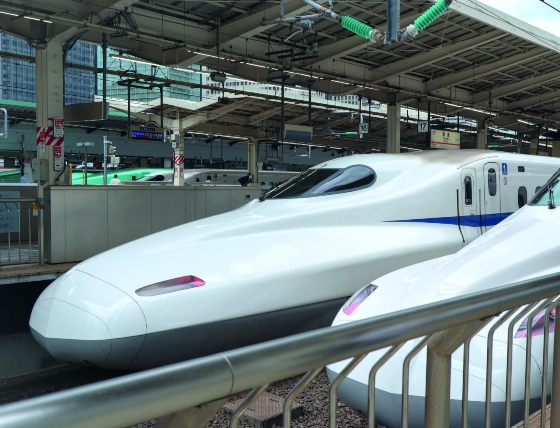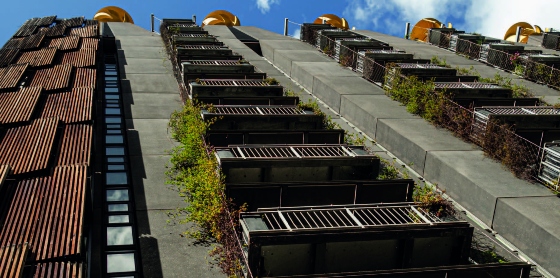Biomaterials
Biomaterials are already in use: products that are water-based or manufactured with abundant local resources offer biodegradability.
The current situation requires us to make every effort to advance towards sustainability and regeneration. The climate emergency, biodiversity loss, global warming and deforestation are just some of the signs of the seriousness of the current situation.
With name derived from the Greek (bios, meaning life, and mimesis, meaning to imitate or emulate), biomimetics seeks to understand how living organisms have developed through evolutionary processes, as well as the structures, forms and materials adapted to their environment in order to survive and endure.
Many companies are realising the potential financial benefits of preserving natural ecosystems and are joining existing efforts to protect and conserve the environment.
One of the maxims of living systems is that they optimize rather than maximize (what we humans do), showing us a sustainable and regenerative model. Accordingly, biomimetics can serve as a fundamental bridge between the private sector and nature. Bio-inspired solutions can enable us to improve productivity, efficiency and, ultimately, living standards, all while preserving biodiversity.
USD 425 billion
The application of biomimetics and bioinspiration in some major industries could have a considerable impact on U.S. GDP and employment.
Source: Bioinspiration: an economic progress report (2013). The San Diego Zoological Society, the Fermanian Business & Economic Institute, Point Loma Nazarene University. 44 pp.

Bullet train: Before it was redesigned, the movement of the train, at speeds of up to 321 km per hour, caused air pressure to build up in the tunnels and generated a sonic boom on emerging from the tunnel. The chief engineer found inspiration in the beak of the kingfisher, a bird that dives head first into the water without splashing, which enables it to fish more easily. After the redesign, the train was not only quieter than the original model, meeting the project's objective, but also 10% faster, reducing electricity consumption by 15%.

Biomimetic architecture: In recent years, we look for ways to automate construction and make it more efficient. Recently, a new building in the Arizona desert imitates the vertical walls of the saguaro cactus, which provides continuous self-shading and redistributes heat, avoiding overheating.
Sectors such as energy, materials, architecture, farm management, medicine, mobility, robotics and education will be the focus of innovative biomimetic investments in the coming years.
Biomaterials are already in use: products that are water-based or manufactured with abundant local resources offer biodegradability.
Robotics will be a game changer in healthcare and humanitarian care models. Advances in technology, materials and sensorisation will drive this trend.
Putting an end to the make-use-dispose culture, a linear model that still exists but is obsolete, requires enormous financial and technological support to transform the system.
This text is an extract from Biomimetics: Sustainable and regenerative innovation inspired by nature de Santander X >
Important Legal Information
This document has been prepared by Banco Santander, S.A. ("Santander") for information purposes only and is not intended to be, and should not be construed as, investment advice, a prospectus or other similar information material.
This material contains information compiled from a variety of sources, including business, statistical, marketing, economic and other sources. The information contained in this material may also have been compiled from third parties, and this information may not have been verified by Santander and Santander accepts no responsibility for such information.
Any opinion expressed in this document may differ from or contradict opinions expressed by other members of Santander. The information contained in this material is of a general nature and is provided for illustrative purposes only. It does not relate to any specific jurisdiction and is in no way applicable to specific situations or individuals. The information contained in this document is not an exhaustive and formal analysis of the issues discussed and does not establish an interpretative or value judgement as to their scope, application or feasibility. Although the information contained in this document has been obtained from sources that Santander believes to be reliable, its accuracy or completeness is not guaranteed. Santander assumes no responsibility for the use made of the information contained herein.